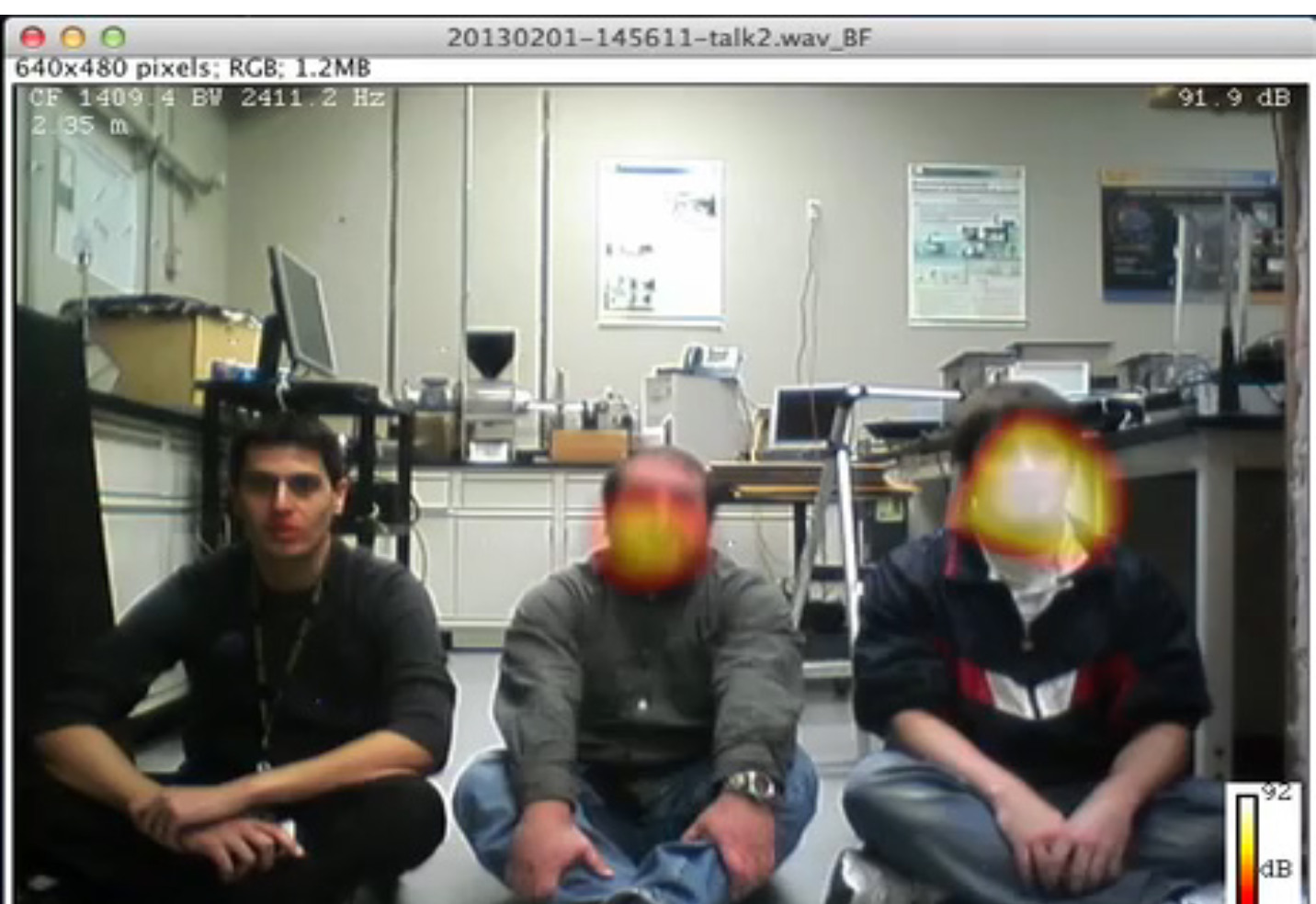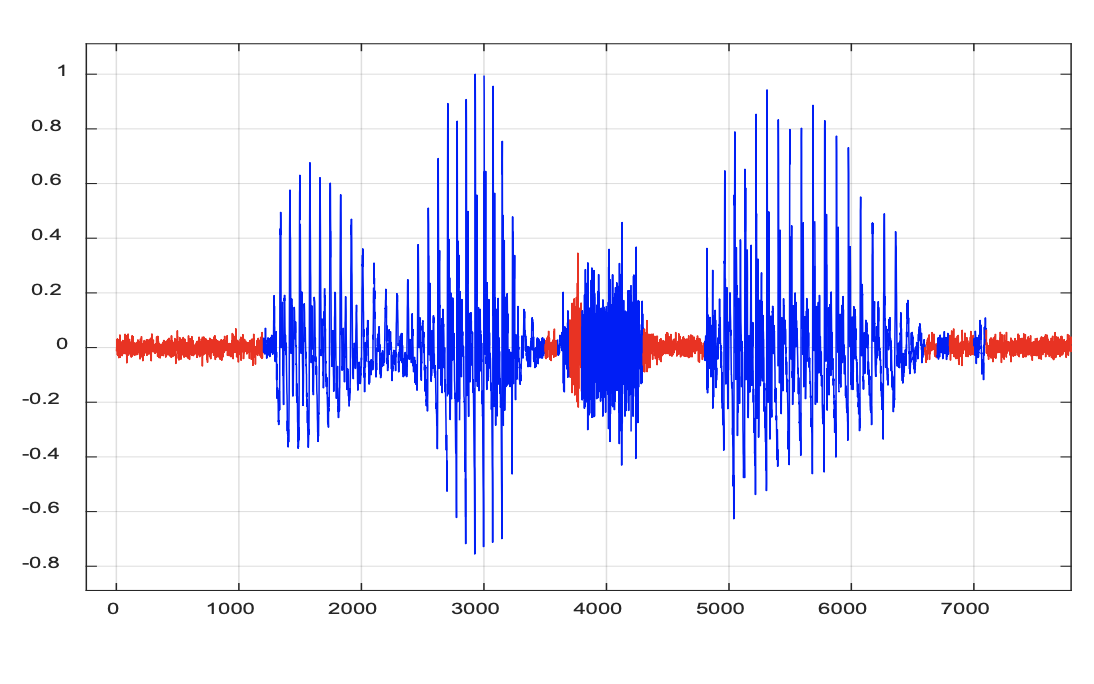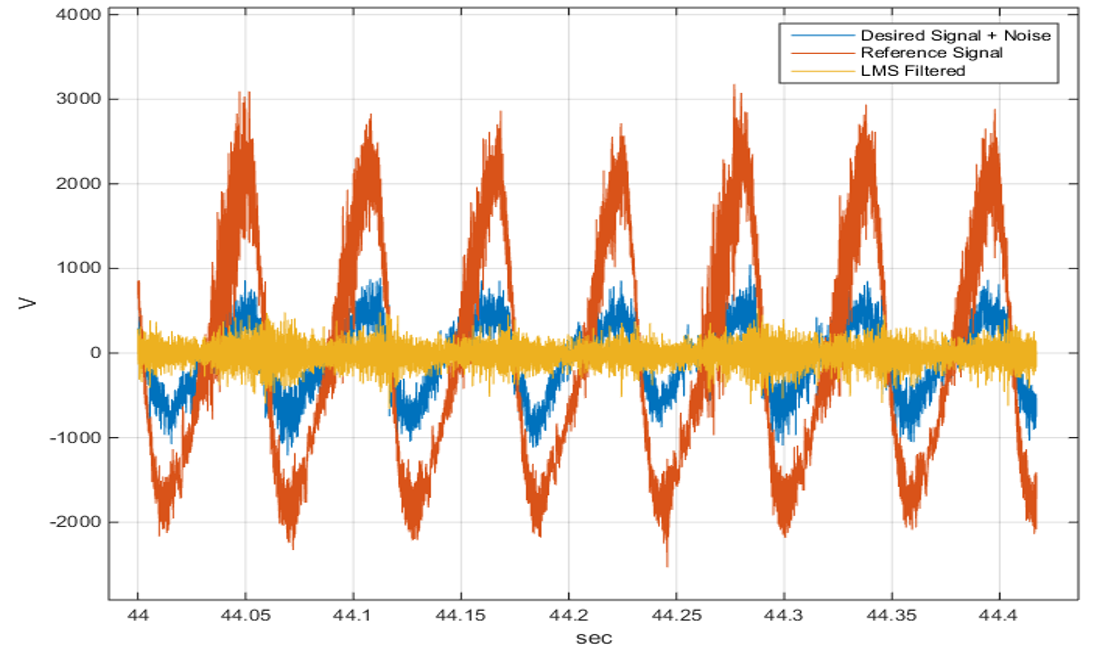This revolutionary unmanned aerial acoustic platform enables covert acquisition, sensing, and characterization of live speech and other acoustic signals while in flight. The technology developed by Georgia Tech researchers has three components: 1) hardware dedicated to the acquisition of acoustic signals and the mitigation of unwanted noise; 2) software comprising advanced processing algorithms that include wavelets, adaptive filtering, acoustic beamforming, and speech detection to deliver clear audio auralization; and 3) a payload that integrates the hardware and software into a cohesive operating unit and then further integrates it with the flight platform.
The onboard payload can be used for standalone unmanned aerial system (UAS) acoustic sensing or to enhance intelligence, surveillance, and reconnaissance (ISR) missions on UAS platforms. The system uses beamforming to acquire speech and other acoustic signals for both static airborne platforms, such as quadcopters, and dynamic platforms that include forward flight fixed-wing UAVs. Algorithms assess the usability of the speech segments, separating it from background noise using wavelet methods, and perform automatic speaker identification from a database of known voice signatures.
- Reduces environmental artifacts: Overcomes limitations of ground-based acoustic signal acquisition that typically uses a single omnidirectional microphone by using multi-microphone directional arrays that minimize the effect of ground reflections
- Reduces noise: Uses acoustic mitigation techniques to reduce wind noise, self-generated noise, hydrodynamic noise, etc.
- Optimizes speech clarity: Uses acquired empirical data and iteratively refines the processing capability until the optimal signal to noise ratio (SNR) is achieved (A 5 dB improvement in the SNR can increase speech intelligibility by about 50%.)
- Improves covert detection: Enables acquisition of a live voice signal from a person of interest without detection by using UAS platforms to remotely acquire acoustic signals and using digital signal processing algorithms to filter, enhance, and localize the speech signal of interest
- Enhances warfare tools: Provides increased situational awareness, enhanced ISR capabilities, and helps identify potential security threats to deployed assets
- Enhances detection: Enables remote acoustic fingerprinting of key words of interest, automatic speech recognition, and background noise detection and characterization
- Versatile and robust: Can be integrated with any type of UAV, including UAV swarms, and can be used with additional data streams such as electro-optical/infra-red or telemetry data
This technology gives users an “ear-in-the-sky,” enabling a UAV to fly to a designated position and listen while in flight, enhancing intelligence, surveillance, and reconnaissance. Possible applications include:
- Acoustic identification and classification of targets of interest
- Beamforming and precise target localization for speech detection of ground-based individual live voice signals
- Acquiring the acoustic signature generated in-flight for a specified vehicle
- Detecting search and rescue targets
- Enhancing situational awareness and information
- Supplementing the narrow field of view provided by a small electro-optical/infrared gimbal-mounted camera on a UAV

Example of speaker source identification using functional beamforming. Three simultaneous speakers speaking in three different languages were correctly isolated.

Example of speech detection using data-driven wavelet clustering. The signal is divided in two classes: (red) noise and (blue) speech.

Adaptive noise canceller results for acoustic data collected on the fuselage of an UH-60 helicopter; time series comparison of desired signal plus noise (blue), reference noise signal to be removed (orange) and estimated desired signal (yellow).
